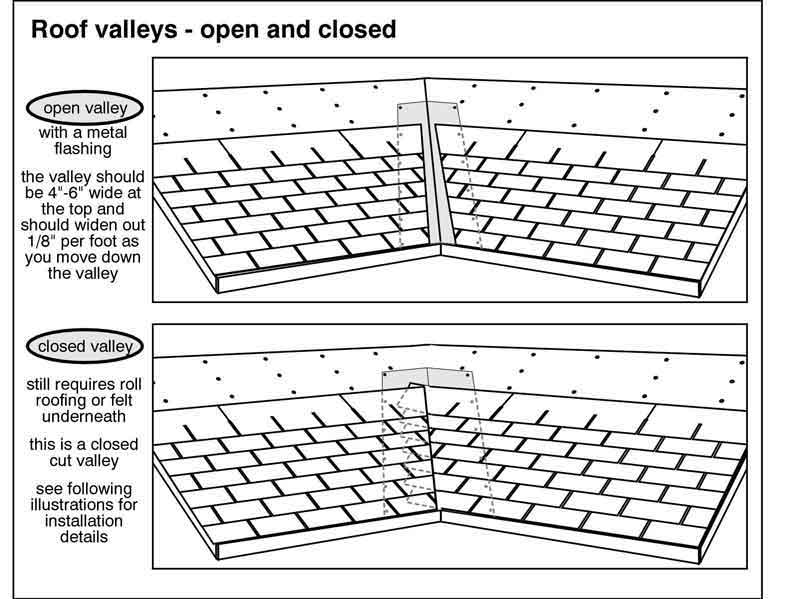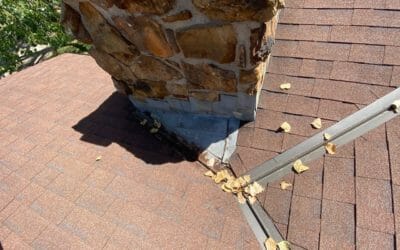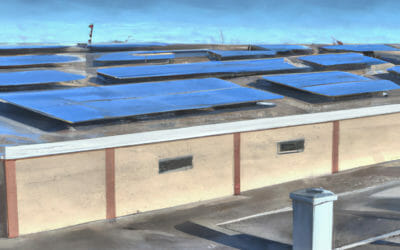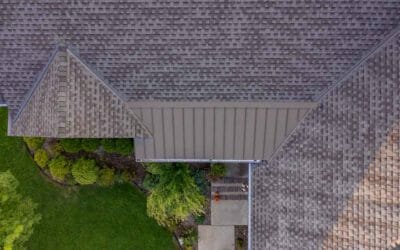What is the Difference Between Open and Closed Valley Installation?
Last updated 5/31/2022
Open and closed valley installations are the two most common approaches when it comes to roofing valleys. A roof valley is the “seam” between two adjacent roof pitches that meet on an inside corner. The footprint of most homes and buildings are not exact rectangles, so valleys are present on almost every residential roof and most steep-slope (non-flat) commercial roofs. They also occur where dormer roofs meet primary roof slopes.
Valleys are a critical detail of steep-slope roof systems because of the additional water flow that runs in the area where slopes meet, and because the seam between two roof slopes make them one of the most common leak areas on a roof.

Open Valley vs. Closed Valley:
Open Valley |
Closed Valley |
|
|
|
|
|
|
Whenever possible, we would recommend installing an open valley as it will function longer, shed water more effectively, and reliably prevent leaks better. However, closed valley systems are still common in many homes, and are an acceptable part of a roofing system when following building code guidelines and installed properly. If your home currently uses a closed-valley system, there is usually no reason to switch unless you are experiencing leaks or granule loss on the shingles in the valley. Closed valley applications were more common in the past, but are still used today even in new construction and complete roof replacements, especially where cost is the most important factor.
How Much More Expensive is it to Install Open Valleys Than Closed Valleys on a Roof?
The major cost difference between installing open and closed valleys is the cost of the metal itself, which usually has to be bent to form by a custom metal fabricator specifically for the job, and building material costs change all the time. Of course, the number and length of valleys on your roof plays the biggest factor on the cost difference because some houses don’t have any valleys at all while some have extremely complex roofs.
A look at our actual job cost sheets from the last few years on typical residential homes with at least one valley reflect a range between $200 and $1,100 on valley metal
If you are in the Wichita or South/Central Kansas area, Rhoden Roofing is proud to be a trusted resource to our community. Feel free to contact us with questions about your roofing system or to schedule a free roof inspection.



